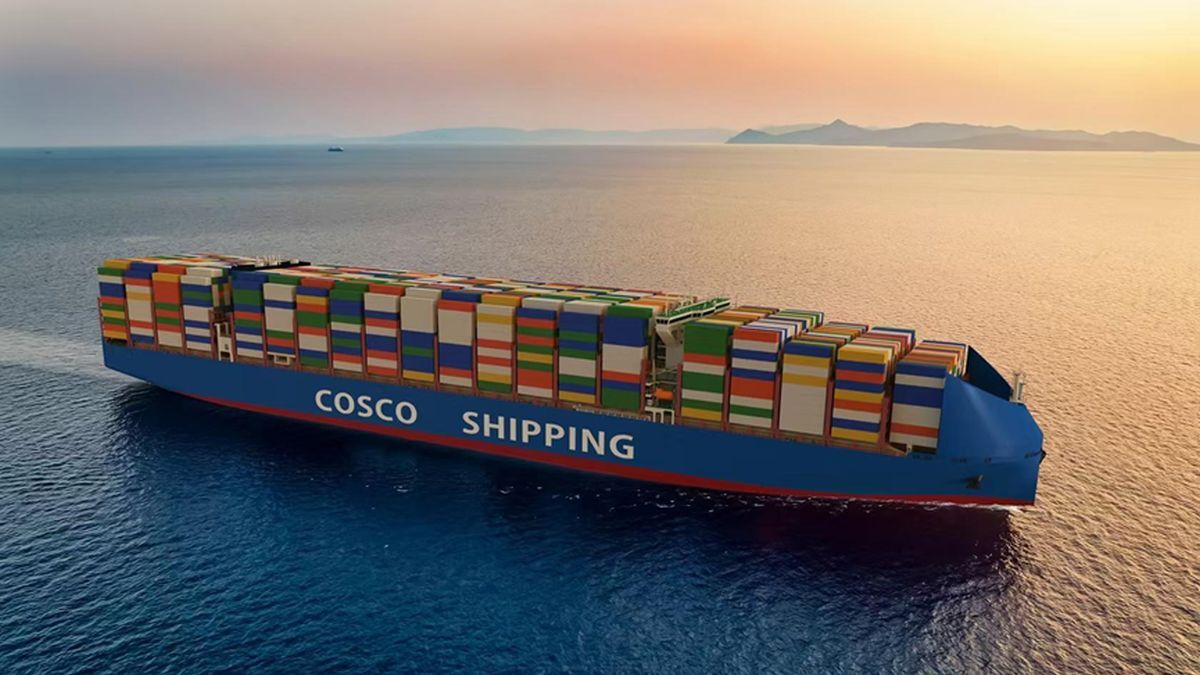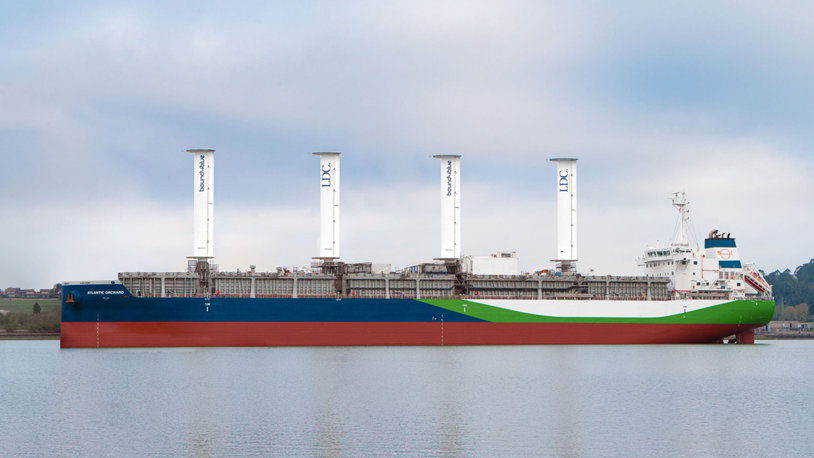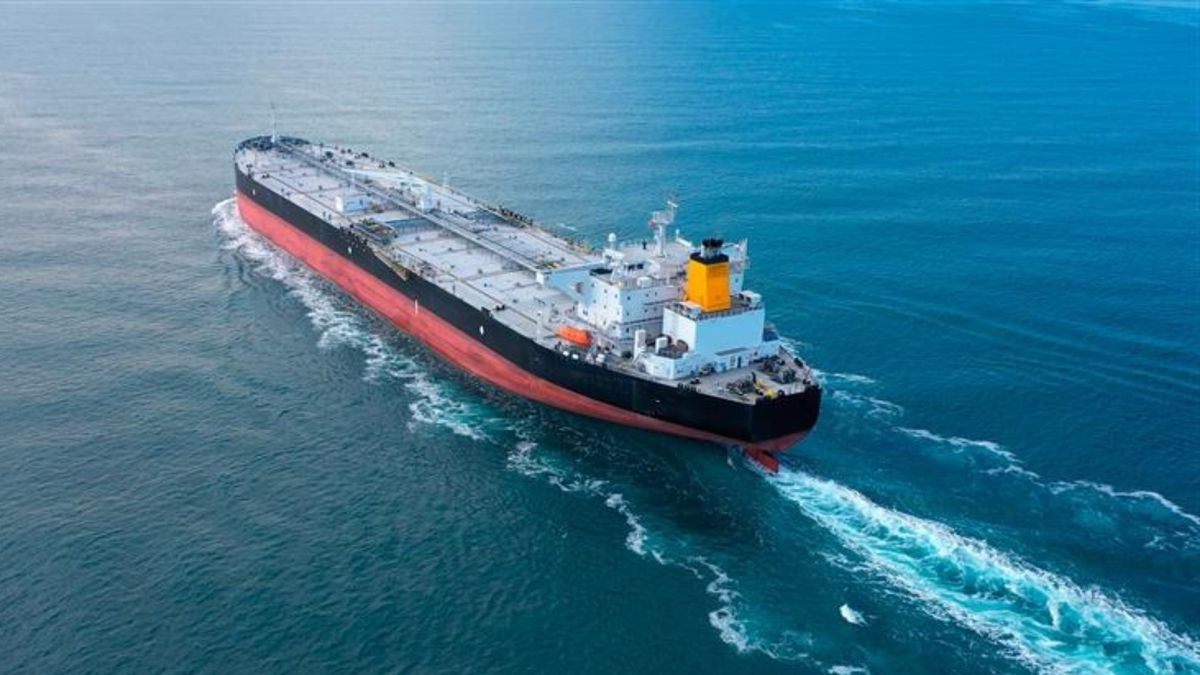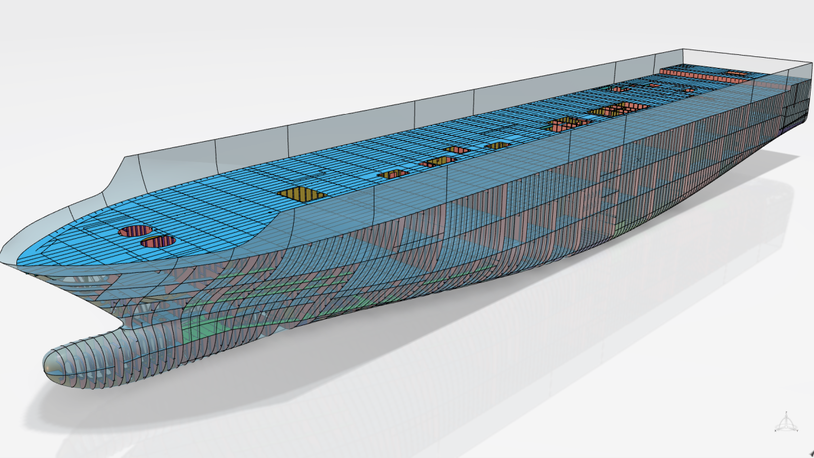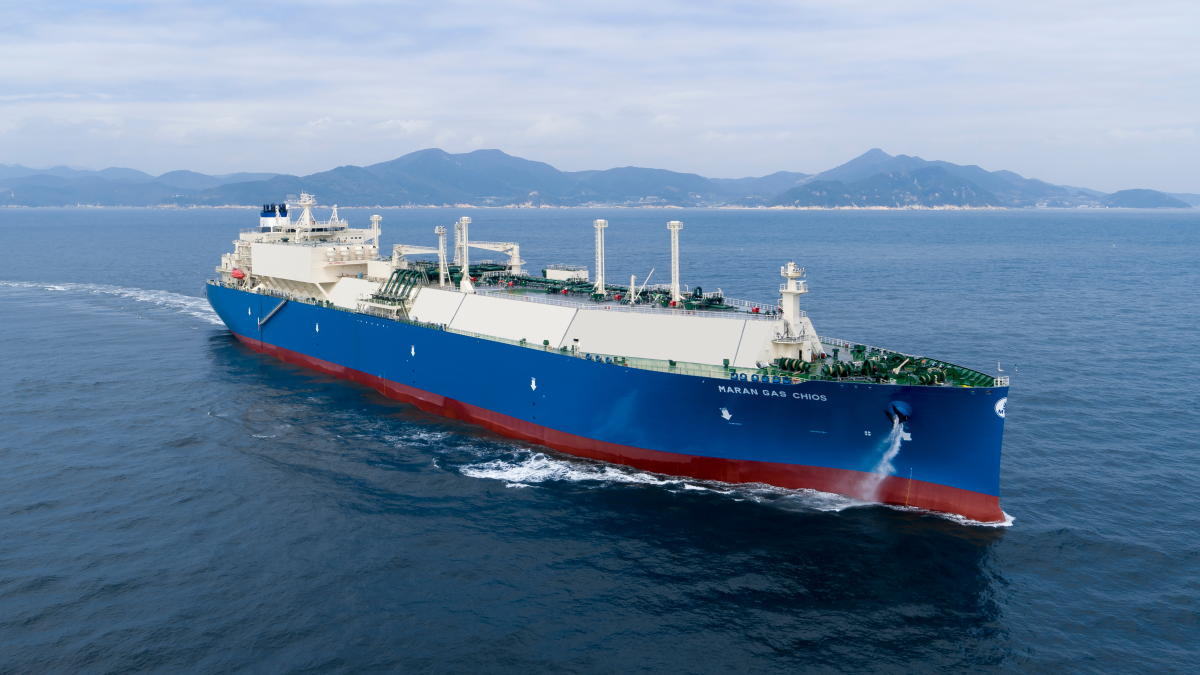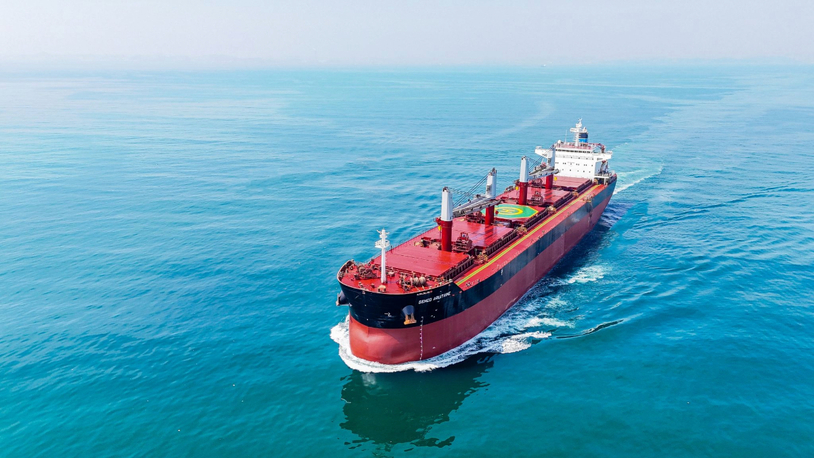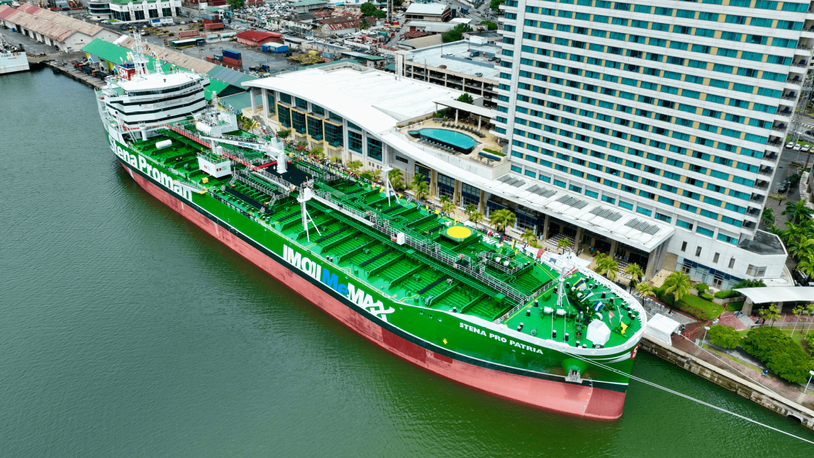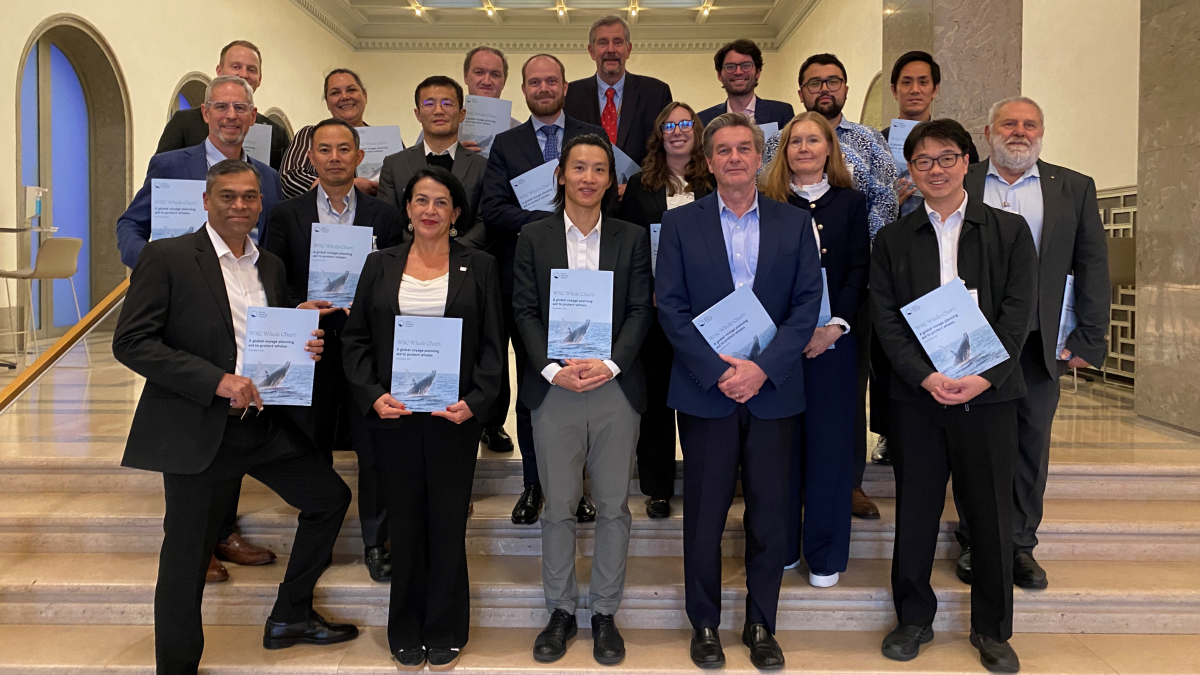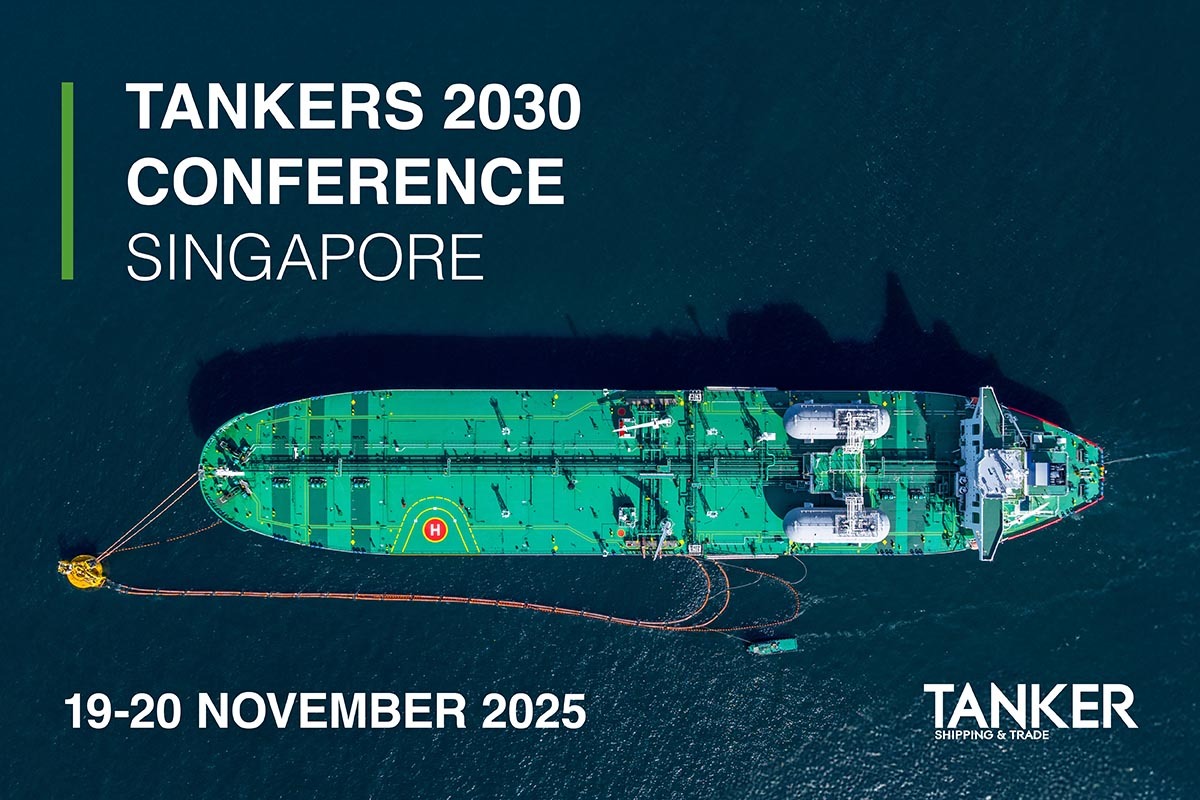Business Sectors
Contents
US plan aims to charge Chinese ships up to US$1.5M per port visit
The United States Trade Representative (USTR) agency has tabled a plan that could see Chinese-built ships charged as much as US$1.5M per visit to US ports
A US federal government foreign trade agency, the office of the US Trade Representative, has put forward a plan to charge Chinese-built ships and Chinese operators port fees in the US that the USTR is framing as a means of rectifying unfair shipbuilding market manipulation by China spanning more than 20 years.
Acting US Trade Representative Juan A Millán, who signed the plan, was appointed as General Counsel for USTR in early 2024 under US President Joe Biden before being appointed to his current position by US President Donald Trump in January 2025.
In April 2024, under the Biden administration and at the request of a coalition of industrial trade lobbies in the US, the USTR initiated an investigation into what the union lobbies alleged were unfair foreign practices by China, affecting US commerce.
USTR-proposed port fee structure
The USTR plan that has resulted from that investigation includes a ’service fee’ of up to US$1M per vessel (at US$1,000 per net tonne capacity), per port visit for Chinese vessel operators, and also includes a graduated set of fees for any shipowner with Chinese-built vessels. The graduated set of fees would be levied based on the percentage of Chinese-built vessels in a fleet and run from US$500,000 to US$1.5M.
Chinese-built ships calling in a US port would be charged the highest, US$1.5M fee at each port visit, according to the language in the USTR plan.
The graduated fees of between US$500,000 and US$1M would be applied to port visits by vessels in fleets containing Chinese-built ships. The fees would apply to any vessel in a fleet with a Chinese-built ship, regardless of whether the specific vessel making the port call(s) was built in China.
Fleets comprised of between one Chinese-built ship up to less than 25% Chinese-built ships, would be charged US$500,000. Fleets of between 25% and less than 50% Chinese-built vessels would be charged US$750,000, and fleets with between 50% and 100% Chinese-built ships would be charged US$1M per vessel per port visit. The plan offers an alternative flat fee structure for consideration of US$1M for any vessel calling in the US from a fleet made up of more than 25% Chinese-built vessels.
Proposed fees on companies with newbuildings on order in Chinese shipyards
The USTR plan further targets owners and operators with newbuilding vessel contracts at Chinese shipyards with ’additional fees’ that could, depending on the the final language contained in an approved plan, be added to port call fees. The fee structure options mirror those listed above for fleets with Chinese-built vessels, and would apply to companies with vessel orders in Chinese shipyards or vessels expected to be delivered by Chinese shipyards over the 24 months following the onset of the plan as official US trade policy.
Proposed US export requirements
In addition to the fee structures proposed, the USTR plan includes rules requiring graduated levels of US exports to be carried on US-flagged and US-built ships over a period of several years. The rules look to target a combination of adding vessels to the US flag, bringing maritime operations into the US and building the US shipbuilding industry.
From the onset of approval, the USTR plan calls for a minimum of 1% of US maritime exports, within a calendar year, to be carried by US-flagged, US-operated vessels. Two years after, that percentage ratchets up to 3% of US maritime exports. At three years after the plan’s date of action, 5% of US maritime exports must be moved by US-flagged, US-operated vessels, "of which 3% must be ... US-built vessels". The same requirements move to 15% of US exports on US-flagged, US operated vessels of which 5% must be US-built vessels, by seven years after the implementation of the plan.
The USTR plan is now open for public comment ahead of and during a public hearing on 24 March 2025 at the US’ International Trade Commission in Washington, DC. With the USTR officially falling under the US President’s Executive Office, President Trump will ultimately decide if the plan is approved for use. Similar measures are likely to be under review by US Congress, which saw a bill containing many of the same types of fees and requirements that the USTR plan envisages introduced in late 2024 by a trio of senators from the Democratic party.
According to the findings of the USTR’s investigation into Chinese trade practices, China has moved from less than 5% market share of the global shipbuilding industry in 1999, to commanding more than 50% of global shipbuilding activity, as of 2023.
Economists react: US actions against China could ’backfire’
At least one analysis of the USTR’s proposed set of actions to "curb China’s dominance in shipping," written by three senior economists from investment bank ING, with specialisations in the economics of global trade, transport and the Chinese economy, claimed the plan could "backfire".
"[The USTR plan] could lift port call fees or cause inefficiencies in supply lines, affecting US importers, exporters and consumers," the economists said.
The ING economists, Inga Fechner, Rico Luman and Lynn Song, said US importers would bear the brunt of the proposed fees on Chinese carriers and vessels that sit within the USTR plan.
Citing a Linerlytica figure that shows around 17% of container ships that call in the US as being Chinese-built, the economists said the percentage of vessels operating on the busy trans-Pacific trade route from China to the US would likely be higher than the given figure.
"The proposed actions would pretty much exclude major Chinese container carrier COSCO from calling at US ports," the economists said, noting "a significant portion of imports entering the US via ports would be directly subject to hefty fines."
ING’s analysis said the expense of the ’fines’ on Chinese ships would "likely be passed on from the carrier to the shippers and, ultimately to importers and exporters".
Further, ING’s forecast reveals the reality written in global shipbuilding’s current orderbook, that "China’s dominance is set to rise over the next few years," with more than 60% of the sector’s vessels on order with Chinese shipyards, as of February 2025.
"Just over 4% of the total global merchant fleet is originally built in the US, predominantly consisting of smaller and older vessels. Only a handful of the global orderbook of 5,600 vessels is placed with US shipyards. The US shipbuilding industry lacks the capacity to construct the new generation of large container ships, tankers or bulk carriers. Additionally, this would significantly increase newbuild costs and pose challenges in sourcing the necessary workforce. While increasing the number of ships sailing under the US flag could be a reasonable goal, it is closely tied to legislation and may require a different approach," the ING economists said.
Ultimately, ING’s report said the USTR plan puts global supply chains and investor confidence ’at risk,’ raising the spectre of a new trade war.
"This sets in motion the bigger threat of a new trade war: not limiting punitive action to actual goods trade but targeting every item on a never-ending wish list," the ING economists concluded.
"The ripple effects will impact global supply chains, investor confidence and international relations, creating even more uncertainty further on, as businesses grapple with enduring low arrival reliability with potential new disruptions and increased costs."
Connect with industry leaders across the Asian and Middle Eastern maritime sectors through Riviera’s premium events. Located conveniently in Singapore, we provide unparalleled access to the heart of the Asian maritime market.
Related to this Story
Events
International Bulk Shipping Conference 2025
Tankers 2030 Conference
Maritime Navigation Innovation Webinar Week
© 2024 Riviera Maritime Media Ltd.


